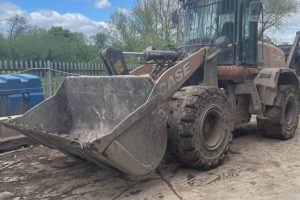The future of monitoring airborne hazards in the workplace
AIRBORNE HAZARDS—including particulate matter, volatile organic compounds, and noise pose significant risks in the workplace and can cause occupational illness such as respiratory ailments, hearing loss, stress, and cardiovascular conditions.

AIRBORNE HAZARDS—including particulate matter, volatile organic compounds, and noise pose significant risks in the workplace and can cause occupational illness such as respiratory ailments, hearing loss, stress, and cardiovascular conditions.
Existing monitoring methods can be labour-intensive, episodic and reactive in nature. However, as workplace environments evolve, so do the technologies used to detect, measure, and mitigate airborne threats. The ASYS dBELL-100 continuously records air quality and noise metrics, feeding them to the ASYS Cloud application which offers real-time snapshots, trend charts and configurable automated reporting by metric, location and even shift patterns, assisting health and safety managers to assess these signals, determine whether they reflect true hazards, and advise on engineering or administrative controls.
Critically, these tools are not designed to replace current measurement techniques or traditional risk assessments. Rather, they serve as powerful complements—providing continuous, reliable data that health and safety managers can interpret, contextualise, and use to guide interventions. A partnership between technology and professional expertise representing an exciting future of workplace health and safety.
For more information, visit www.nationalphotonic.co.uk
HSM publishes a weekly eNewsletter, delivering a carefully chosen selection of the latest stories straight to your inbox.
Subscribe here





